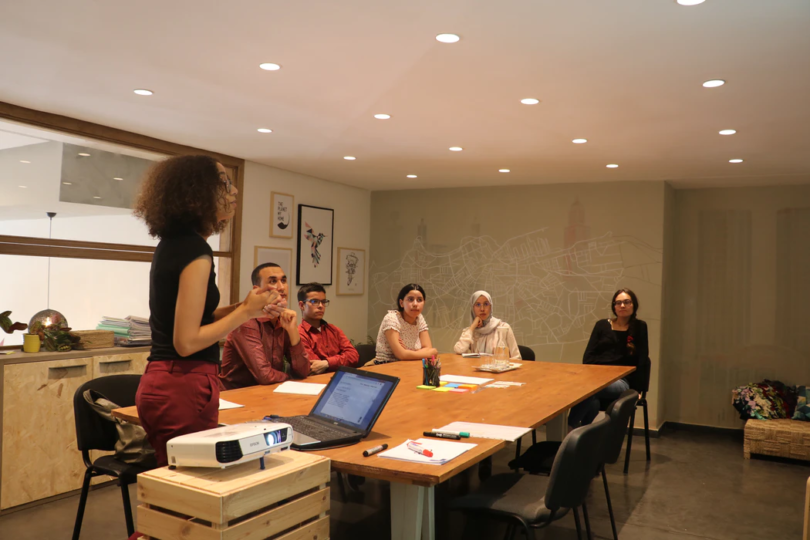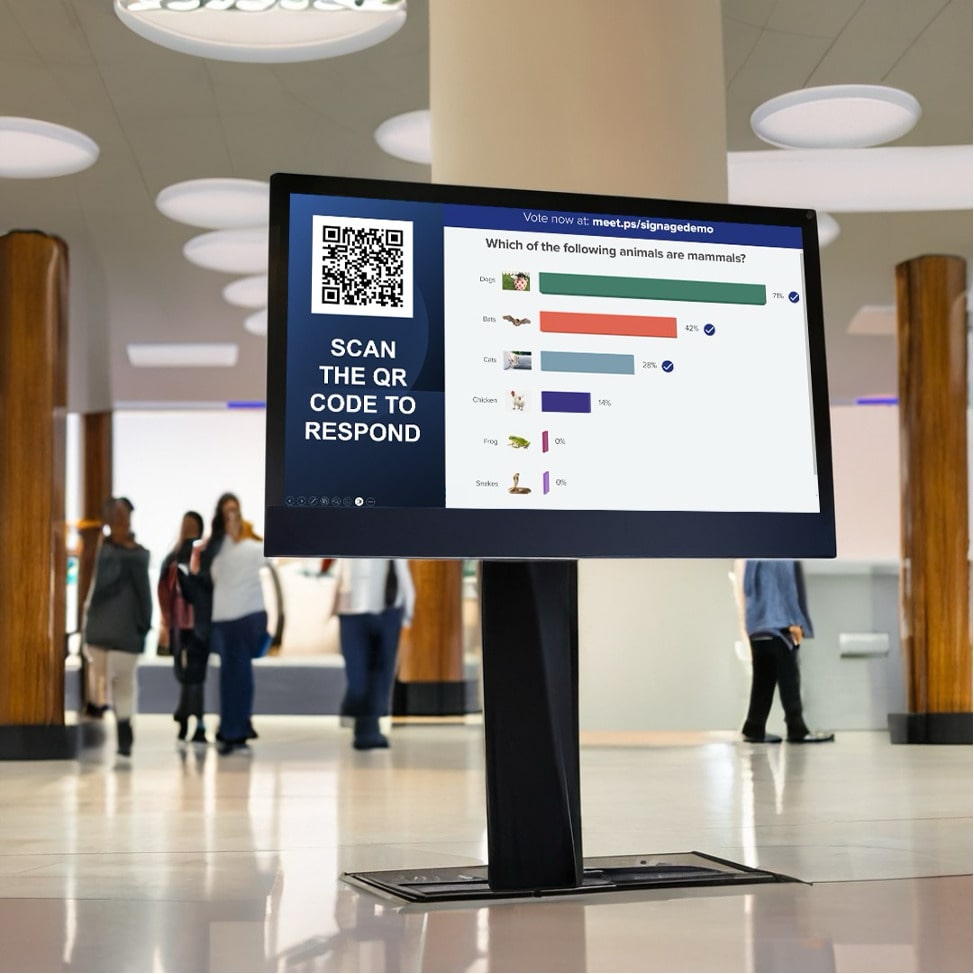Every business wants to present itself as lean and skilled at holding an effective meeting, not as an organization that wastes an enormous amount of time and money on ineffective operations. However, conducting a bad meeting often translates to exactly that.
Carson Tate, the founder and principal of Working Simply, says that, “Meetings rarely result in actionable work. Workers spend on average six to seven hours per week in meetings, and are then forced to do the real work they were hired to do on the margins of their day. This leads to burnout, which leads to retention and attrition issues.”
When team members are forced to attend a meeting, it can often lead to decreased mental energy.
Statistics from Booqed show that United States businesses spend around $400 billion on meetings each year. The amount of money and time wasted on meetings is indeed astounding.1
At MeetingPulse, you can leverage tools that will help you conduct great meetings. Here’s our guide to effective meeting strategies.
Ways to Make Meetings Effective

Meetings are often viewed as a nuisance. But whether we like them or not, they aren’t going away any time soon. After all, getting together to discuss the company’s objectives and how to move forward with innovations is a team effort that should take place every once in a while.
Meetings can even be enjoyable. Here are some ways that you can run great meetings worthy of everyone’s time.
Identify Clear Meeting Goals
The first thing to do to improve the quality of meetings is to make sure each and every one of them has a clear purpose.
Take a close look at the issues you hope to discuss and see if they have anything in common. Structure the information around a central theme or issue. If there seems to be too many unrelated talking points or openings for side discussions, then it might be more efficient to hold separate meetings for related stakeholders. This will help boost the productivity of your employees.
Having a clear goal will help you get things done more effectively. Instead of spending too much time on a tangential matter, you’ll methodically address subpoints with the bigger picture in mind.
Related: 25 Fun Poll Questions to Ask Your Audience
Make the Agenda Known in Advance
Hot tip: don’t let the reason for a meeting be a surprise. Always share the proposed agenda in advance so your employees can get on the same page. This helps keep everyone on track and allows them to prepare by compiling potential questions or important data points. An agenda also allows each employee to assess the relevance of the meeting for them — and skip the irrelevant parts (or the whole meeting) to preserve their time and energy.
Organizations often use MeetingPulse for a unique purpose: to crowdsource their meeting agendas, canvassing attendees for their agenda ideas as well as for their votes on one another’s agenda ideas. Crowdsourcing ideas, and then allowing voting on them, ensures the most relevant agenda items are covered, and the least relevant are relegated to another time or place.
Once the agenda items have been shared, the respective teams and departments can start planning. Encourage people to jot down ideas beforehand so there aren’t any long pauses or stumbling blocks during the meeting.
Make use of communication spaces to create a group to share the small details of the meeting and discuss important action items. That will help the meeting leader to conduct it smoothly and quickly. MeetingPulse also offers event planning and on-site support to help you streamline your agenda.
Set a Time Limit
Once you have decided what to put on the agenda, it’s just as important to assign a time limit for each item. Write it down in the agenda, so that meeting participants can be prepared to present their ideas within the assigned time. This improves concision and encourages employees to present important information more clearly.
You can also make use of the “speedy meetings“ setting in Google Calendar. This automatically restricts your meetings to end within half an hour.
Keep Planning and Problem Solving Meetings Small

It’s a known fact that the larger the group, the noisier the outcome. Therefore, make your next meeting as small and intimate as possible. Gather smaller groups to plan for larger meetings so that all of the employees are present only when they really need to be.
For example, if the meeting you’re planning to have involves the design team, invite only design department team members. Don’t get the tech or content team involved, because that will result in unnecessary noise and wasted time.
When fewer team members are involved in a meeting, the work gets done faster and everyone gets the chance to speak and put their ideas across. Not everyone is outspoken and extroverted enough to voice their opinions in a meeting. This results in good ideas getting lost in the crowd. Therefore, invite relevant people who will contribute to the success of a meeting.
For larger meetings, MeetingPulse offers tools that collect feedback, ideas, questions, and more, ensuring a high engagement rate.
Evaluate the Value of a Meeting Invite
This one goes hand-in-hand with keeping meetings intimate, but from the employees’ point of view. As an employee, it’s both your right and responsibility to assess the value of every meeting invitation that comes your way.
Ask yourself: Will this meeting be worth your time? Will the ideas discussed in this meeting contribute to the work that you do? Will you be able to provide valuable input to the conversation?
Also, ask whether you might agitate anyone if you don’t attend this meeting. Ask yourself if you might gain valuable information or opportunities to network. If the answer to all these questions is no, then, by all means, feel free to decline the invitation and skip the meeting.
This will not only empower you but also encourage others to take the same step if required and let management (or chief executives) see that not everyone needs to be present in every meeting.
Make Use of Technology

We have a lot to thank tech for, especially the fact that we now have so many tools at our disposal to communicate with colleagues. Technology has made the workforce more mobile, global, and remote.
Many organizations work with freelancers and remote employees, some with nothing but remote teams. So, how do these workers communicate with each other? The answer is simple: By using apps for audio calls, text messages, and video conferences.
These tech tools need not be saved just for remote teams. When you want to meet with a worker who’s out of the office, or if an urgent meeting needs to take place late at night, what do you do? That’s right; you turn to video calls or conference calls.
If a particular meeting can take place in a chat app or on Zoom, Webex, or Microsoft Teams, conduct it that way. Keep track of which tool your employees prefer and use this intel in meeting and project planning.
Tech tools are also a great way to keep people engaged in remote meetings — and for meetings held in person. MeetingPulse offers live polling, which lets participants contribute ideas and questions (and vote on them), and reports on it all with data analysis, so you can use meetings as an opportunity to collect valuable feedback and concerns.
When you implement a poll or questionnaire during a corporate event, you’ll find employees will be more likely to fill them out if you set aside time for them to do so. You’ll receive a more balanced participation.
Teaching Communication Skills
One of the prime meeting objectives is to put ideas across so that everyone can chime in and particular goals can be set. A person needs strong communication skills to really make this happen. However, not everyone is confident enough to be in the spotlight during a meeting.
One way to get over this hurdle is to invest in training and professional development courses. These help employees build communication skills as well as confidence they need to voice their opinions and offer opposing thoughts. When employees are exercising these skills it also helps to make each meeting a safe space for diverse perspectives.
Improve communication capabilities at larger meetings by using MeetingPulse, the live polling company for better engagement.
Set communication standards
Part of what makes meetings so frustrating is the lack of a clear plan. We’ve all walked into inefficient meetings that feel like listening to a random manager filibuster himself for 60 minutes.
Consider borrowing a page from Jeff Bezos’ book. Every meeting must be supplemented with a simple, press-release style memo that sets the ground rules.
The benefit of this approach is that it prevents pointless communication and forces you to cut a meeting down into its bare bones. No more wasted time running into tangents and discussing arbitrary things that pop into people’s minds. You can kneecap any unnecessary further discussion and prevent your meeting from becoming an unsuccessful brainstorming session.
Make all meetings optional
It’s a radical idea, but if you think about it, it makes sense. Assuming you hire competent, trustworthy people, why do you need to mandate meeting attendance? Shouldn’t employees be able to judge whether a meeting is useful or not for completing their jobs?
By making all meetings optional, you’ll encourage employees to think about which meetings will be useful to them. By trusting and empowering your employees, you’ll probably find that the sheer volume of meetings doesn’t drop — instead, attendance redistributes in a more logical, efficient way.
Summing Up
Technology has become even more efficient, and companies should make use of the audio, video, and text applications available for meetings. Since it’s not always possible to have everyone present in a meeting, this works as a precious resource.
In addition, employees should have the freedom to decide whether they attend a meeting. They can judge whether their presence will add to any given meeting and what value each meeting offers to them. This allows the workers to focus on tasks that are more urgent and relevant, and management to conduct more efficient meetings.
Every meeting should be solid and justified. Your employees shouldn’t view them as a complete waste of time. Instead, they should view a good meeting as an opportunity for group discussion where a team collectively works toward the betterment of the organization.
Let the meetings be more niche and focused by inviting only those who will truly be able to contribute. Everyone present should know what the meeting is about, what’s going to be discussed, and what needs to be accomplished by the end of it.
Remember that a competent meeting takes preparation. When everyone is able to contribute their efforts and innovative ideas, we can have successful meetings. Therefore, test out a few strategies and formats, and you’ll eventually end up with a format that suits your company best.
Check out MeetingPulse to find out more about how live polling and data strategy can improve your meetings.
Related: How to Get People to Take a Survey




















